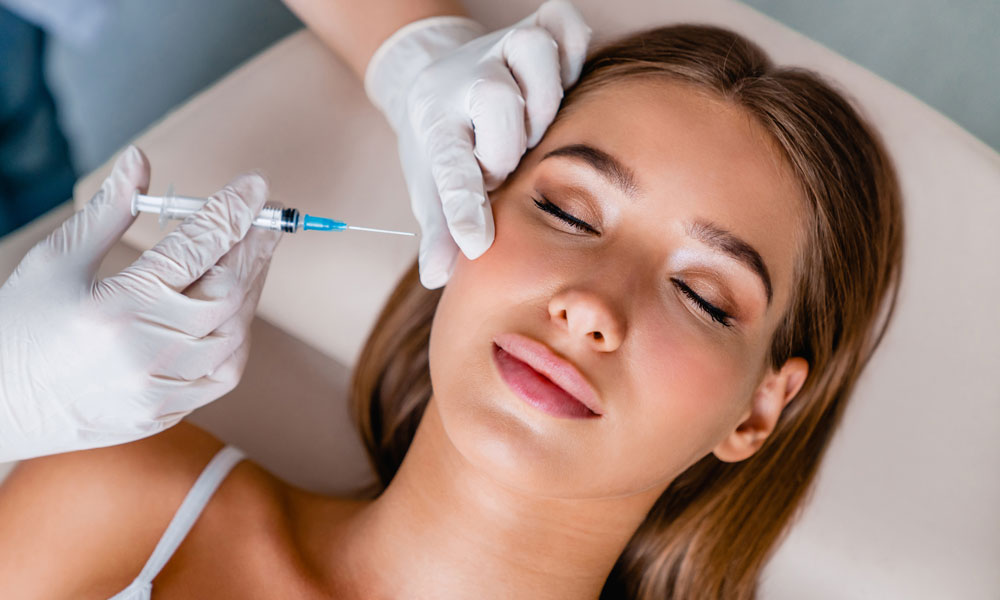Introduction:
In the quest for youthful skin, many individuals turn to various cosmetic treatments Sydney, one of which is anti-wrinkle injections. These injections, often referred to as Botox or botulinum toxin injections, have gained immense popularity for their ability to reduce wrinkles and fine lines. However, there are still misconceptions and questions surrounding this treatment. In this guide, we’ll delve into what anti-wrinkle injections are, how they work, their benefits, potential risks, and what to expect during and after the procedure. What are Anti-Wrinkle Injections? Anti-wrinkle injections are cosmetic procedures that involve injecting botulinum toxin into specific muscles to temporarily paralyze or relax them. Botulinum toxin, derived from the bacterium Clostridium botulinum, works by blocking nerve signals to the muscles, reducing their ability to contract. As a result, wrinkles and fine lines caused by muscle movement, such as crow’s feet, forehead lines, and frown lines, become less noticeable or disappear altogether. How do Anti-Wrinkle Injections Work? During the procedure, a trained healthcare professional will administer several small injections of botulinum toxin into targeted facial muscles using a fine needle. The process is relatively quick, with minimal discomfort, and does not typically require anesthesia. The effects of the injections usually become noticeable within a few days to a week and can last for three to six months.
Benefits of Anti-Wrinkle Injections:
- Smoother, younger-looking skin: By reducing the appearance of wrinkles and fine lines, anti-wrinkle injections can help individuals achieve a more youthful and rejuvenated appearance.
- Non-surgical: Unlike invasive cosmetic procedures such as facelifts, anti-wrinkle injections are minimally invasive and require no downtime, allowing individuals to resume their daily activities immediately.
- Versatility: Anti-wrinkle injections can target various areas of the face, including forehead lines, crow’s feet, and frown lines, providing comprehensive facial rejuvenation.
- Safe and effective: When administered by a qualified healthcare professional, anti-wrinkle injections are generally safe and well-tolerated, with minimal risk of side effects.
Potential Risks and Side Effects:
While anti-wrinkle injections are considered safe for most individuals, they may cause some temporary side effects, including:
- Mild pain or discomfort at the injection site
- Temporary redness, swelling, or bruising
- Headache
- Drooping eyelids or eyebrows (rare, but possible if the injections are not administered correctly) It’s essential to discuss any concerns or medical history with your healthcare provider before undergoing anti-wrinkle injections to minimize the risk of complications.
What to Expect During and After the Procedure:
Before the procedure, your healthcare provider will assess your medical history, discuss your goals and expectations, and develop a personalized treatment plan. During the injections, you may experience mild discomfort or a sensation similar to a small pinch. Afterward, you can resume your usual activities immediately, although it’s advisable to avoid strenuous exercise and excessive sun exposure for the first 24 hours. It may take several days to a week for the full effects of the injections to become apparent. In the meantime, you should avoid rubbing or massaging the treated areas to prevent the toxin from spreading to unintended muscles. Results typically last for three to six months, after which you can undergo maintenance of cosmetic injectables sydney to prolong the benefits.
Conclusion:
Anti-wrinkle injections are a popular and effective cosmetic treatment for reducing wrinkles and achieving smoother, younger-looking skin. By understanding how these injections work, their benefits, potential risks, and what to expect during and after the procedure, individuals can make informed decisions about whether this treatment is right for them. As always, it’s crucial to consult with a qualified healthcare professional to determine the most suitable treatment plan based on your individual needs and concerns.


